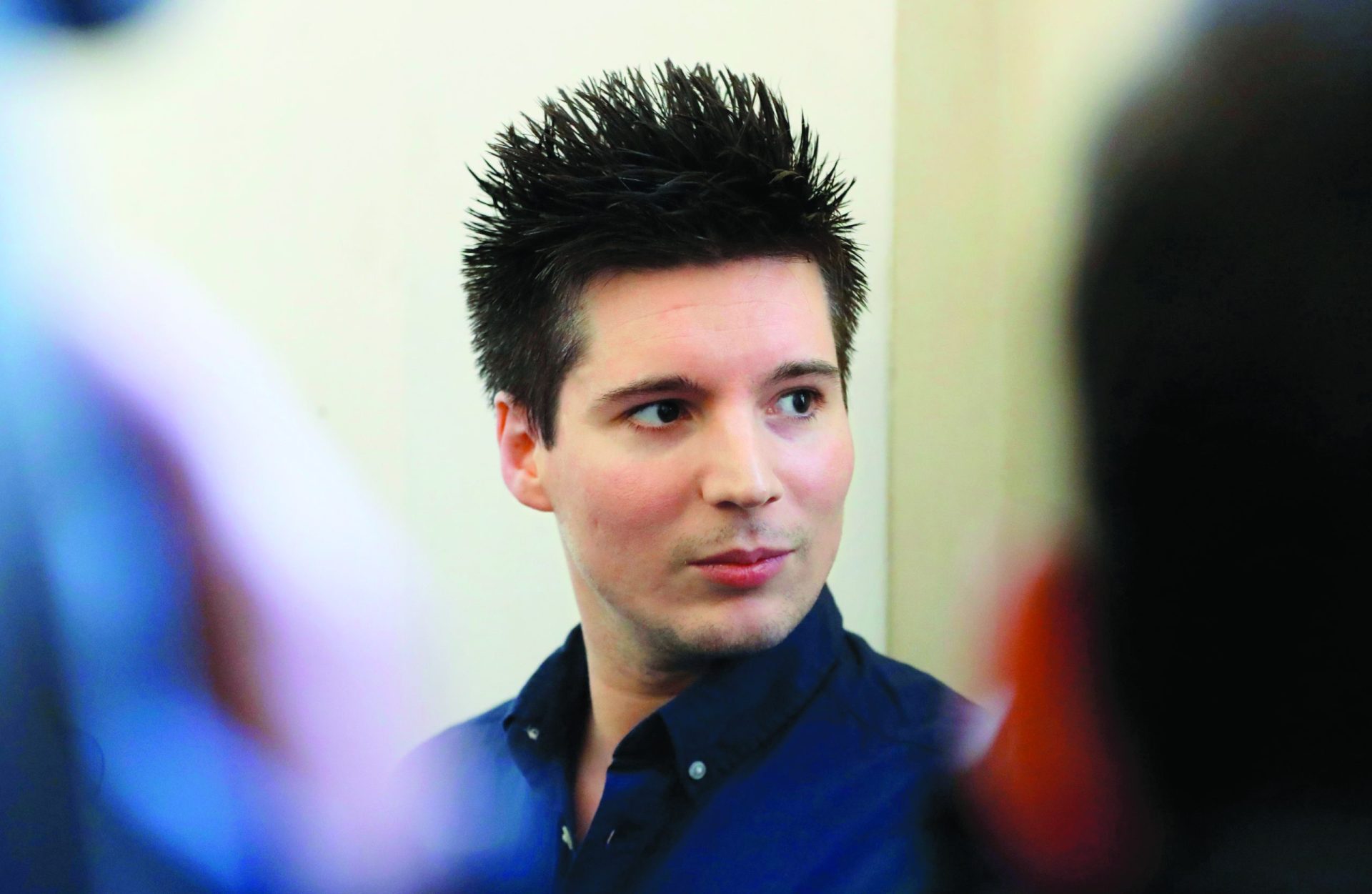What children are listening to (and why we should worry)

My younger son is always intrigued when he realizes that I get bothered when I see children singing and dancing songs as he goes to the horse. It is natural that, in its innocence, think that the lyrics of this song refers only to someone to ride a horse and cannot imagine that someone gives him a quite different meaning.
Songs like this, which have become popular through social networks because they have an animated and dancing rhythm, their own choreography and a short and repetitive chorus, have invaded the parties and schools of the little ones, taking place for children’s songs.
They are the noisy and inappropriate background of many remembrances during the intervals and give the motto to groups of children, especially girls, who join the singing and dance, without understanding their meaning, reproducing what they see in the videos.
There are many children who come to the house asking what they mean the most lurid things, which makes some parents alarmed and embarrassed. Still, there are many adults who tend to devalue the impact these songs may have, forgetting that at a time when the values and identity of the youngest are under construction, it will hardly be innocuous.
First, many of these girls fail a rich and important childhood phase that should be guided by symbolic and imaginative games, and healthy interactions, giving priority to automatic and repetitive choreography.
On the other hand, they immediately put children’s songs, which consider a ‘Bebezice’, when they would be best suited to their age and represent a safe bridge between the inner world and the outer reality, which respect their rhythm, curiosity and emotions.
The imitation of the sexualized dances of adults, with movements that children do not yet understand, inserts them into a downstairs sphere for their age. In the same vein, girls tend to physically imitate the ‘dancers’ of videos with sensualized clothes, make -up and ways of being that lead to very early sexualization of the body and identity that does not correspond to their emotional maturity. This lack of understanding of personal and bodily limits may have an impact not only on self -esteem and how to relate to others, such as increasing vulnerability and even striking risk situations.
In addition to the objectification and disrespect for the female figure and often making use of improper language, this genre of songs values a number of other values contrary to those we would like the youngest to adopt – such as violence, hatred, alcohol and drug use, materialism or consumerism.
As parents and educators, we have a duty to be aware and to distinguish what is appropriate from what can be harmful to our children, without confusing healthy protection with harmful hyperprotection or censorship. It is up to us to protect them from this early injection of toxic and inadequate content, which not only impair their cognitive and emotional development, but are a negative influence on the ethical and social base that will support your adult life.







